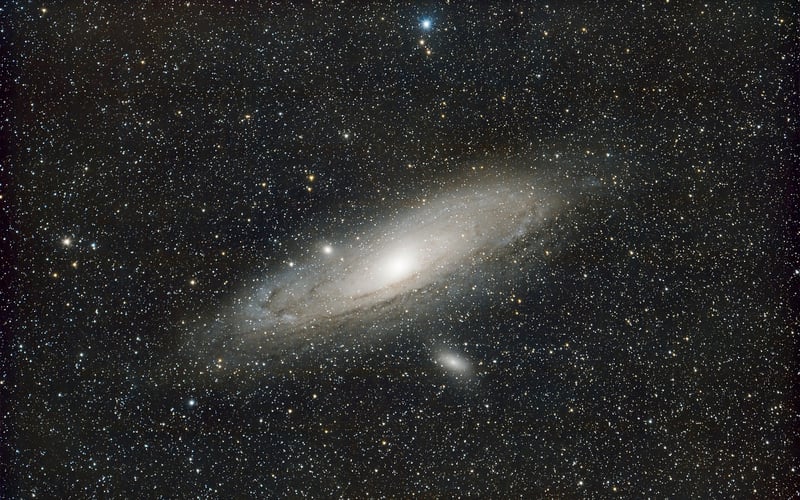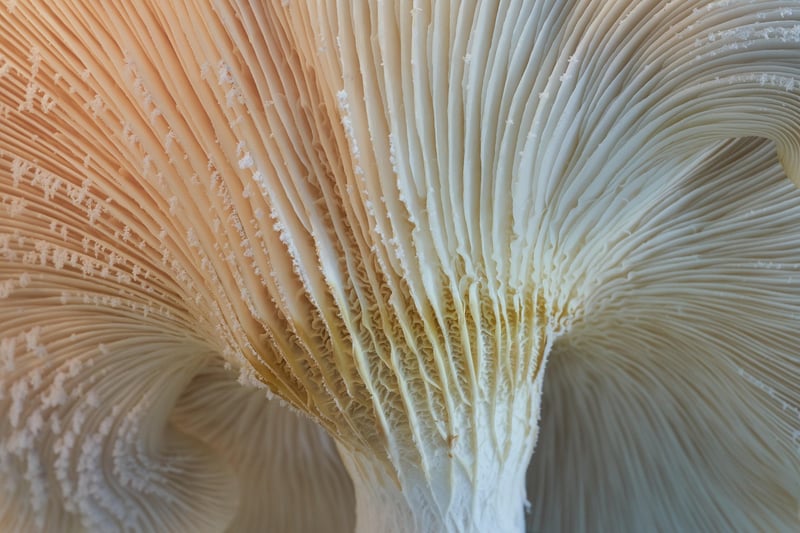Biological Exploration
The Hunt for Alien Life: Biological Exploration in the Universe
Exploring the possibility of alien life has captivated the human imagination for centuries. With advancements in technology and space exploration, scientists are actively searching for clues that may indicate the presence of extraterrestrial life forms.
What is Biological Exploration?
Biological exploration refers to the study of life forms in various environments, both on Earth and potentially on other planets or celestial bodies. Scientists use a combination of biology, chemistry, and technology to detect and analyze signs of life beyond our planet.
Methods of Biological Exploration in Space
Several methods are employed in the search for alien life:
- Remote Sensing: Using telescopes and other instruments to analyze the chemical makeup of distant planets and moons.
- Robotic Probes: Sending unmanned spacecraft to collect samples and data from celestial bodies.
- Exobiology: Studying extremophiles on Earth to understand how life can survive in extreme conditions, providing insights into potential alien life forms.
Signs of Alien Life
While definitive proof of alien life remains elusive, scientists look for certain indicators that may suggest the presence of extraterrestrial organisms:
- Biological Molecules: Detecting organic compounds such as amino acids or DNA/RNA sequences.
- Atmospheric Signatures: Analyzing the composition of an exoplanet's atmosphere for gases that may indicate biological activity.
- Water: The presence of liquid water, a key ingredient for life as we know it.
The Search Continues
As our understanding of astrobiology and space exploration grows, so does our ability to search for alien life. Whether it's studying microbial life on Mars or analyzing the atmospheres of distant exoplanets, scientists remain hopeful that we may one day discover evidence of life beyond Earth.

Image source: Pixabay
